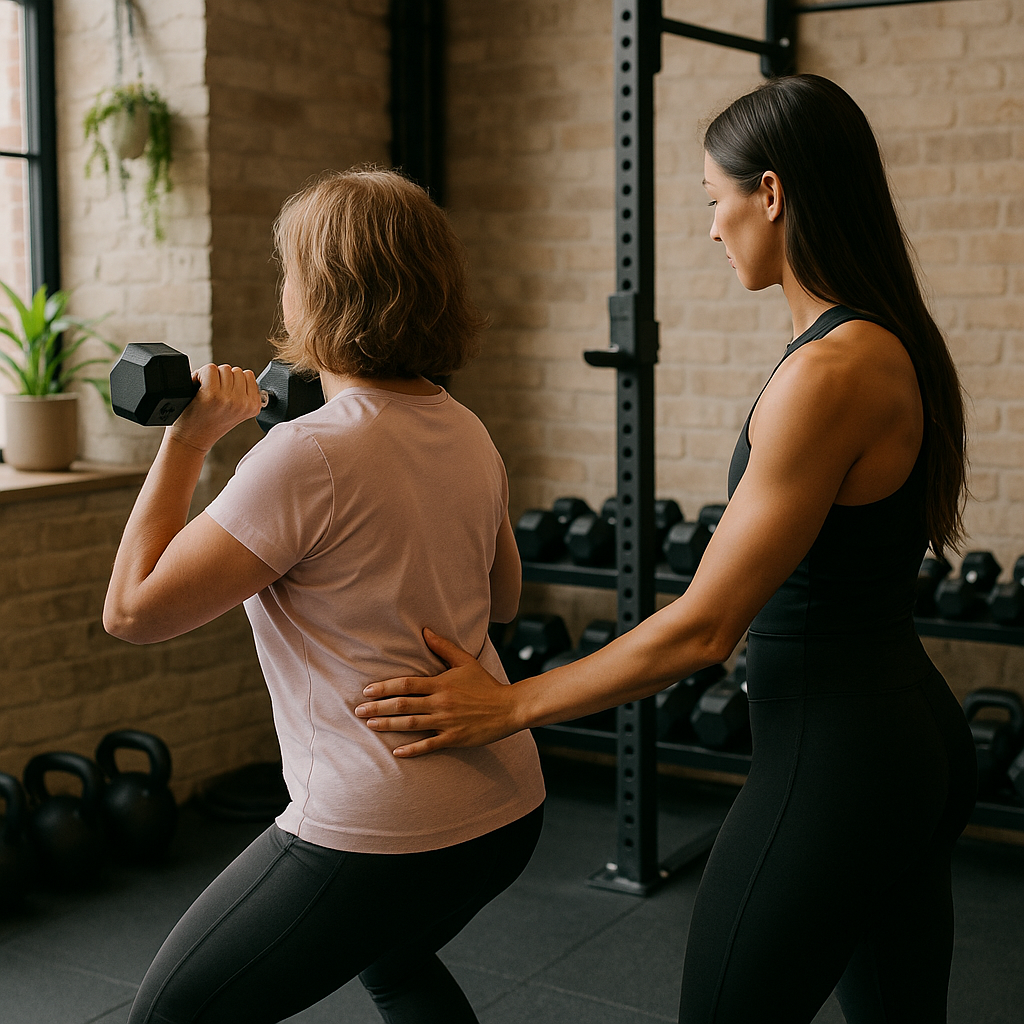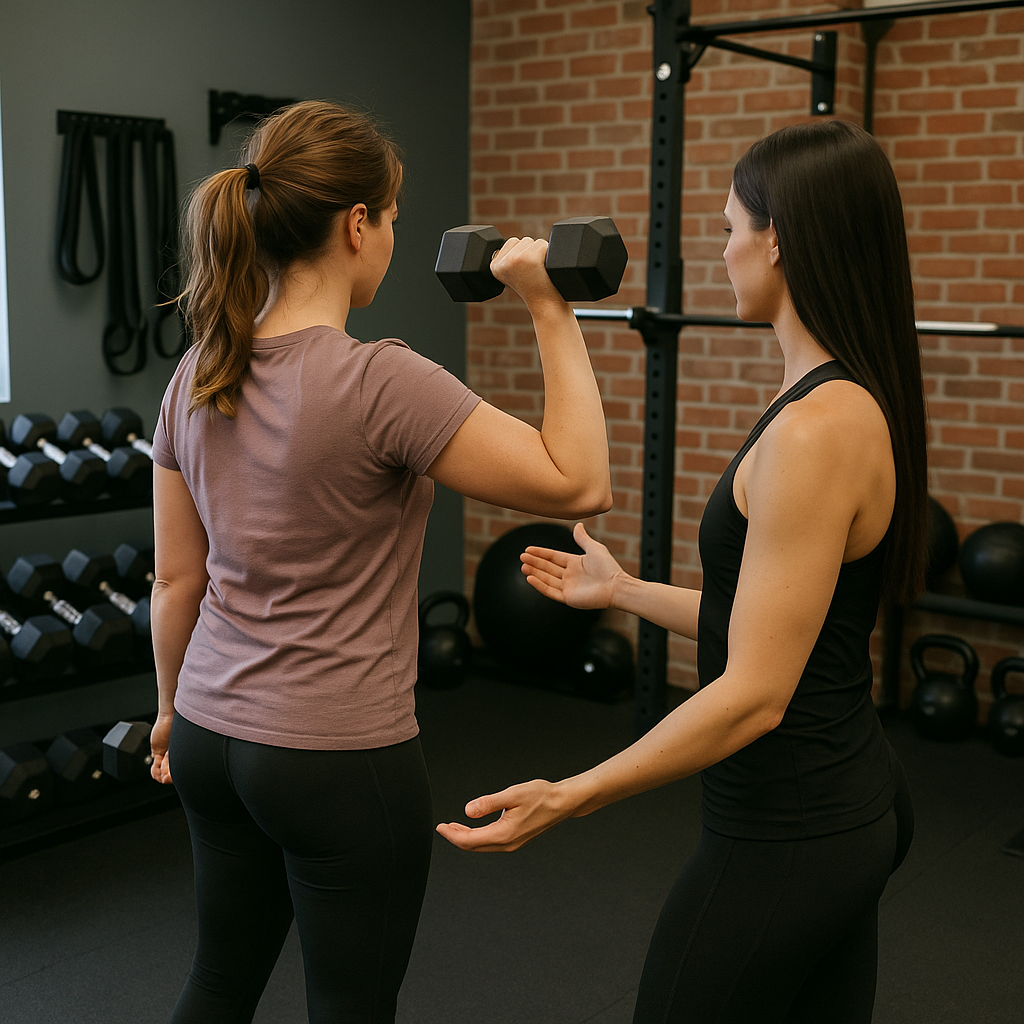
How Glenfield-Based Mums Can Safely Stay Active After Birth

Returning to exercise after giving birth isn’t as simple as picking up where you left off. Between sleepless nights, healing bodies, and conflicting advice online, many Glenfield mums feel unsure where to begin. The pressure to “bounce back” doesn’t help: it’s unrealistic and unhelpful.
This guide is for you if you’re 6+ weeks postpartum and want to move your body safely, confidently, and without risk of injury. Based right here in Glenfield, Just For Mums supports women on Auckland’s North Shore to return to fitness with a plan that honours your recovery and fits your real life.
Why Postpartum Exercise Needs a Different Approach
Pregnancy and birth place incredible demands on your body. Your core and pelvic floor go through massive changes, and your joints and ligaments can stay loose for months after birth due to hormonal shifts.
That’s why jumping back into bootcamps, HIIT, or high-intensity workouts too soon isn’t just unhelpful; it can be harmful.
Key reasons postpartum exercise must be different:
-
Pelvic floor vulnerability: Leaking, heaviness, or pressure are signs your pelvic floor isn’t ready for impact yet.
-
Diastasis recti (ab separation): Crunches or planks can worsen this if introduced too early.
-
Joint instability: Especially in hips, knees, and wrists—can make fast or jerky movements risky.
-
Fatigue and healing: New mums need rest-integrated movement, not burnout.
With a structured, gradual approach, you can build a strong foundation and feel confident in your movement again without risking setbacks.
Safe Ways for Glenfield Mums to Stay Active After Birth
Let’s look at practical, low-pressure ways you can begin moving again right here on Auckland's North Shore.
Walking in Glenfield
Walking is one of the gentlest, most effective ways to ease back into movement. It improves circulation, lifts mood, and can be done with baby in the pram.
Great local options:
-
Kaipatiki Coastal Walkways – Peaceful and scenic with gentle inclines.
-
Glenfield Mall indoor circuit – Ideal for wet or windy days, with plenty of places to pause or grab a coffee.
Start small—10–15 minutes, and build from there.
Pelvic Floor & Core Reconnection
This is your first step before any other workout. Rebuilding your deep core and pelvic floor sets the stage for safe strength gains later.
-
Begin with breathing-based movements like 360 belly breathing.
-
Use gentle core activations like heel slides and glute bridges.
-
Avoid crunches, planks, or high-pressure movements initially.
Learn more in our guide on how to check and heal diastasis recti.
Low-Impact Strength Workouts
Once core and pelvic floor control improves, start reintroducing resistance with:
-
Resistance bands
-
Bodyweight moves (squats, wall push-ups, hip lifts)
-
Functional patterns (like carrying, bending, and lifting safely)
Focus on form over intensity, and keep movements slow and controlled.
Specialist Support in Glenfield
If you’re unsure where to start or want personalised support, working with a pregnancy & postpartum trainer in Glenfield like Lydia at Just For Mums can make all the difference.
-
Personalised, pelvic floor-safe workouts
-
Ongoing check-ins and guidance
-
Convenient Glenfield studio or online coaching
Explore your options for postpartum personal training in Glenfield or flexible remote sessions that fit your schedule.
Common Mistakes to Avoid
Even with good intentions, many mums unknowingly put themselves at risk. Here are common traps to watch out for:
-
Starting too soon: Wait until you’ve had your 6-week check-up and feel ready physically and emotionally.
-
Doing high-impact too early: Running, jumping, or heavy lifting can strain healing tissues.
-
Following generic online workouts: YouTube videos may not be designed for postpartum needs.
-
Ignoring warning signs: Pain, leaking, heaviness, or doming of the belly are signs to stop and reassess.
Listen to your body and don’t be afraid to slow down.
Why Glenfield Mums Choose Just For Mums
At Just For Mums, we believe fitness should be supportive, not stressful. Here’s why local mums keep coming back:
Specialist Credentials
Lydia is certified through GGS, ISSA, and Fit Futures Academy NZ, meaning she’s trained specifically in postnatal recovery and exercise safety. She's also trained over 100 mums on the shore in the past 3 years!
Local Glenfield Location
Our private Glenfield studio is easy to access for North Shore mums offering a comfortable, baby-friendly environment. Can’t make it in? Try our online coaching.
Real Stories from Local Mums
“I felt safe and understood every step of the way. Lydia knew exactly how to help me rebuild without pressure. I’ve never felt stronger or more supported.” — Mum of two, Glenfield
“The flexibility of online coaching was a game-changer. I could work out in my lounge with baby sleeping nearby. No pressure, just progress.” — First-time mum, Beach Haven
Whether you want to feel stronger, return to sport, or just move without discomfort, we’re here to help.
How to Get Started
If you’re ready to start exercising again but want to do it safely and with confidence, here’s your next step:
-
Book a free chat with Lydia to talk through your goals and find the right starting point.
-
Visit our Personal Training page to explore in-person or online options tailored to mums.
-
Download our safe postpartum exercise plan for simple at-home movements you can begin right away.
You’ve done the hard part, now let’s rebuild your strength, one safe step at a time.
When can I start exercising after birth?
Usually around 6 weeks postpartum, once cleared by your healthcare provider. Start with gentle, pelvic floor-friendly movement and progress slowly.
What exercises should I avoid postpartum?
Avoid crunches, planks, heavy lifting, and jumping until you’ve rebuilt core and pelvic floor strength. Doming, leaking, or pressure are signs to stop.
Do I need a specialist trainer?
While not essential, a pregnancy & postpartum trainer can offer safety, reassurance, and personalised guidance that speeds up recovery and reduces injury risk.


